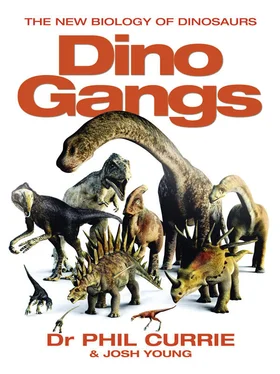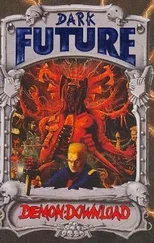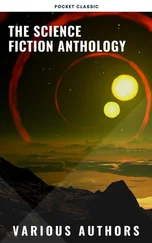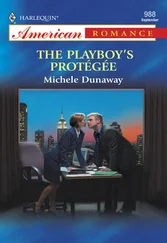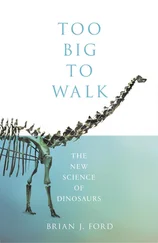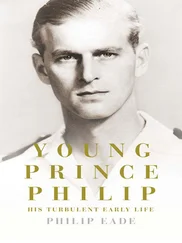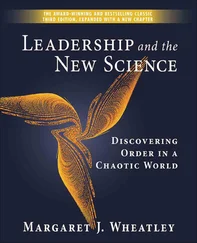DR PHILIP J CURRIE’S NEW SCIENCE OF DINOSAURS

This book is dedicated to those children whose eyes grow as big as saucers when they see their first dinosaur exhibit, and then follow that passion into a career in dinosaur palaeontology.
Cover
Title Page DR PHILIP J CURRIE’S NEW SCIENCE OF DINOSAURS
Introduction
The Terrible Lizards
Chapter 1
The World of Dinosaurs
Chapter 2
The Dino Hunters
Chapter 3
The Badlands of Canada
Chapter 4
The Gobi Desert
Chapter 5
A Dinosaur Dig
Chapter 6
To the Lab … and Beyond
Chapter 7
Speedy Creatures
Chapter 8
Scavenger or Predator?
Chapter 9
Dinosaur Intelligence
Chapter 10
The Dino Gang Theory Comes to Life
Epilogue
Dinosaurs Live On
Searchable Terms
Acknowledgements
Copyright
About the Publisher
introduction
the terrible lizards
As the monsters of our nightmares, dinosaurs have long held a unique place in our fascination with ancient animals. Even though dinosaurs lived millions of years ago, they somehow seem very real – and very scary. Anyone who has seen a museum exhibit of a mounted dinosaur skeleton cannot help but be awed by the sheer size of some dinosaurs and the bizarre features of others. Dinosaurs have been used to market everything from sweets and breakfast cereal to petrol and pasta, and they have been featured in movies and books as demonic dragons. Much of what we know about dinosaurs comes from how they are portrayed in books, movies and popular culture.
The term ‘dinosaur’ was coined in 1842 by the British palaeontologist Richard Owen. It was derived from the Greek words deinos, meaning ‘terrible’, and sauros, meaning ‘lizard’. Not long after dinosaurs were scientifically identified, Charles Dickens introduced a Megalosaurus in the opening paragraph of his 1853 novel Bleak House as something one would not want to see walking up the street. In his popular 1912 novel The Lost World, Sir Arthur Conan Doyle, creator of Sherlock Holmes, set out a scenario under which dinosaurs ruled a tropical paradise in South America. Edgar Rice Burroughs used them repeatedly in his ‘lost world’ stories and featured them on the cover of his 1924 novel The Land That Time Forgot. The cinema brought dinosaurs to life in the classic monster movies King Kong and Godzilla. Indeed Godzilla was created to look like a large dinosaur, with its massive head and lower body resembling that of a Tyrannosaurus and its dorsal plates modelled after those found on a Stegosaurus.

Phil Currie studying a Tyrannosaurus skull and its large teeth used for crushing bone.
Courtesy of Atlantic Productions
Novelist Michael Crichton, the best-selling author of The Andromeda Strain and Congo, wrote a thriller in 1990 about what would happen if dinosaur DNA that had been sucked out by mosquitoes and preserved for millions of years in amber was used to create dinosaurs that could live in the modern day. Using an entertaining blend of science and fiction, Jurassic Park showed that every dinosaur for itself meant that humans were in deep trouble. The mega bestseller was made into a film in 1993 by Steven Spielberg, the most commercially successful filmmaker of all time with hits such as Jaws and E.T.: The Extra-Terrestrial.
Jurassic Park created a worldwide dinosaur mania. The film became the highest grossing movie ever at the time, earning more than $1.2 billion worldwide at the box office. The film’s 1997 sequel, The Lost World: Jurassic Park, was the second highest grossing movie worldwide that year, and the movie-going public was terrorized yet again by the modern-day dinosaurs in 2001 with Jurassic Park III, another huge box-office hit. Universal Studios also built an elaborate Jurassic Park ride, complete with a 15-metre (50-foot) Tyrannosaurus rex, at its Hollywood theme park and a Jurassic Park River Adventure at its Orlando amusement park, which have attracted millions of visitors.
As accurate as parts of Jurassic Park were, such as promoting dinosaurs as the ancestors of birds, the filmmakers also took some artistic licence to up the ante. For starters, the novel’s and film’s premise is based on a real scientific improbability. The film also had some of its dinosaurs living in the wrong time period. Tyrannosaurus rex, nicknamed T. rex, and Velociraptor, known by its catchier nickname ‘Raptor’, were the featured dinosaurs in the movie, and yet both lived millions of years later in the Cretaceous period, rather than the earlier Jurassic period. And the message of the movie – that if you had a fast truck you could escape the dinosaurs because they were slow – appears not to be true.
The Jurassic Park phenomenon was a bellwether event that shined the spotlight on dinosaurs, and by extension on the work done by devoted palaeontologists who spend their lives trying to piece together how the ancient beasts lived and died more than 65 million years ago. Museums with dinosaur exhibits saw a 40 per cent spike in attendance in 1993, and there was little drop-off in the ensuing years.
Noted palaeontologist Phil Currie embraces popular culture as a way of generating public interest in dinosaurs. In fact, through a friend Currie was able to enlist Crichton to write the introduction to his academic Encyclopedia of Dinosaurs.
‘I love science, but I love science fiction, too,’ Currie says. ‘It was pretty uncanny what they did in a lot of ways, both Crichton originally and Spielberg subsequently. Crichton was very good at creating suspense and hooking you. I’m sure he had an awful lot of fun writing these books because he got to delve into something to the degree that very few people ever do except for the scientists or sociologists.’
Currie has been infatuated with dinosaurs since he was six years old, and his obsession with these creatures remains to this day. He is one of the world’s most highly regarded palaeontologists, the Indiana Jones of the dinosaur trade. In fact, Currie even sounds like Harrison Ford, the actor who played Indiana Jones. Tall and slender with tousled grey hair, Currie lives like a man on a mission to find out more about the beasts he loves. He is so afraid of his focus being diverted that he doesn’t own a mobile phone or accept voicemail messages. He saves times by walking up – and down – the stairs two at a time, and to ensure not a moment is wasted, every appointment must be run through his wife and assistant, Eva Koppelhus, a palaeontologist in her own right.
Currie has impeccable credentials: he has served as a museum curator and one of the founders of the Royal Tyrrell Museum, one of the premier dinosaur museums in the world, and he is a distinguished professor holding a Canada Research Chair at the University of Alberta in Edmonton, a city literally built on dinosaur remains. Between 1986 and 1990 he served as co-director of the Canada–China Dinosaur Project, the first palaeontological partnering (in the Gobi Desert) between China and the West since the Central Asiatic Expeditions of the 1920s. He has helped describe some of the first feathered dinosaurs, named many carnivorous dinosaurs and found some of the first dinosaur eggs in North America. He is one of the primary editors of the influential Encyclopedia of Dinosaurs, and has written groundbreaking scientific papers and non-fiction books as well as a series of fictional children’s books on dinosaurs with his wife. He also teamed up with Microsoft’s Nathan Myhrvold to construct a computer model that showed that sauropods (‘lizard-footed’ large plant eaters) actually broke the sound barrier with their mighty tails as they swung them to scare off their enemies. But for all his stature in the palaeontology world, Currie keeps a practical, child-like approach to his trade, because to him, dinosaurs are ‘really, really cool’.
Читать дальше
